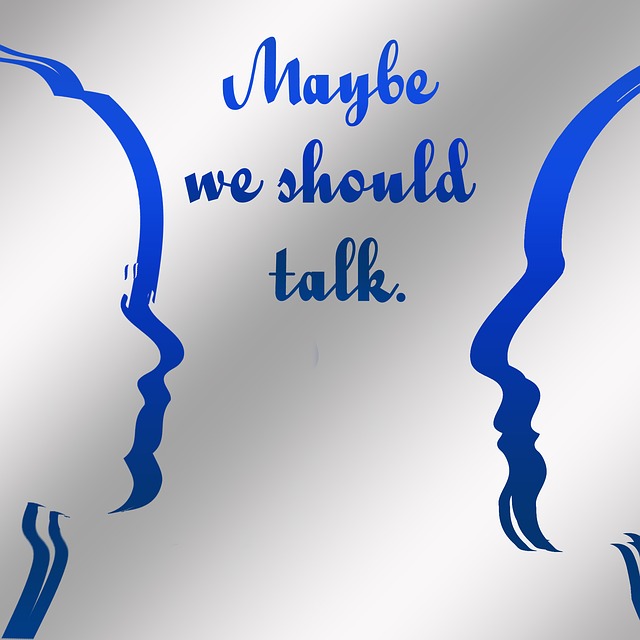In a recent interview podcast, Tami Simon of Sounds True recorded a conversation with Karla McLaren, author of The Language of Emotions: What Your Feelings are Trying to Tell You. The interview covered a range of emotions and the message and wisdom that lie beneath each one. Karla’s primary focus was on emphasizing that emotions are not good or bad but serve to help us in various ways to change our situation and/or our behaviour. In her view, emotions are a hidden source of wisdom that we should listen to rather than seek to control or dismiss. Karla noted that people often deflect their attention from difficult emotions and try to displace them with “happier” experiences – thus missing the message of emotions.
Emotions hold a huge amount of energy
In her book, The Language of Emotions, Karla highlights the huge amount of energy that is stored in emotions, especially those that we label as “bad”. The unproductive ways to deal with these emotions (and the energy stored within them) is either to suppress or repress them. Suppression involves consciously distracting ourselves from the discomfort of these emotions and trying to meet the unrealistic ideal of an “always happy” person. It can be okay as a short-term solution, but if the emotion (e.g. anger) remains unaddressed then it can lead to dysfunctional and harmful behaviour as we express our emotions in an unhelpful way.
Repression, on the other hand, involves unconscious avoidance of emotions (a response partly conditioned by our upbringing and our perceptions of other people’s views). The energy stored in repressed emotions can manifest itself in a depleted immune system and physical symptoms such as muscle pain and fatigue as well as the associated increased risk of serious illness such as cardiovascular disease. You can see the negative impact of repressed emotions such as anger operating in the workplace when someone at work blasts you for something that was a very minor mistake – you cop an “emotional dump” that is a response completely disproportionate to the nature of your error (but that manifests the accumulated energy of a repressed emotion).
Emotions are not good or bad
By naming difficult emotions as “bad”, we perpetuate our reluctance to face them and understand their message and wisdom. Instead we increase our motivation to suppress or repress them because we fear what others might think, even if we express them in an entirely appropriate way. Karla suggests too that when we label some emotions as “good” we are potentially setting ourselves up for disappointment or negative self-evaluation – because we perceive that we don’t feel as positive as others expect or express our good emotions in a way expected by others.
According to Karla, what lies behind calling emotions “bad” or “good” is an “attribution error” – we erroneously blame our emotions for the precipitating situation or trigger. Our difficult emotions do not create our problems (like the health and economic impacts of the Coronavirus) – they exist to help us deal with our problems and difficult situations, if only we would listen to the message they convey.
Understanding the message and wisdom of difficult emotions
The first task is to name your feelings in a fine-grained way or what Susan David calls developing a granular description of your feelings. This involves avoiding generalisations such as “I feel upset” and being more precise about the feelings involved such as anger, fear or anxiety. Until you can name and compassionately accept your difficult emotions, you will be unable to understand what they are telling you.
According to Karla, each emotion has its own message. For example, depression arising from a specific situation reduces your energy and slows you down so that you can see when something is not right, and you need to change the situation. Karla maintains that depression “removes energy when we are going in the wrong way to do the wrong things for the wrong reason”. On the other hand, anger helps you to establish boundaries (e.g. constant interruptions or intrusions into your personal space) and fear helps you to get really focused on the present moment and to draw on your insight and intuition to address the trigger for your fear.
Karla maintains that the current challenging times of the Coronavirus is resulting in people experiencing dyads or triads of emotions – she sees, for example, evidence of people simultaneously experiencing sadness, depression and grief. In her view, sadness in this context is a message to let go of something that no longer works or applies (e.g. working in a workplace during pandemic restrictions) and grief is a natural emotion when you have lost someone or something – it is about taking the time to grieve and allowing for the fact that grief is experienced and expressed differently by different people and its expression changes over time.
Effective ways to draw on the message and wisdom of emotions
Karla emphasised the importance of being grounded when you attempt to deal with difficult emotions. In her interview podcast with Tami Simon, she described a process based on deep breathing and sighing and complete focus on the present moment and your bodily sensations. She suggested, for instance, that you feel the sensation of your bottom on the seat and your feet on the floor and listen to the sounds that surround you.
In her book, The Language of Emotions, Karla provides many experiential exercises to draw out the wisdom hidden in a wide range of emotions including anger, fear, jealousy and shame. Through these exercises you can gain emotional fluency in dealing with your own and others’ emotions. Karla stresses the importance of understanding a particular emotion and being able to differentiate it from other emotions, e.g. differentiating between sadness and grief. This clarity about the nature of a particular emotion enables you to identify practices to understand and act on the message and wisdom inherent in the emotion. She provides an alphabetical list of emotions and links to relevant blog posts on her website as well as videos on different emotions on her YouTube© playlist.
Another strategy that Karla mentioned is that of “conscious questioning” which she describes in detail in her latest book, Embracing Anxiety: How to Access the Genius of This Vital Emotion. In the interview podcast, Karla provided an example of this process that can be used in relation to panic. For example, you can ask yourself, “What is the basis of my fear and the likelihood that what I fear will happen?” or “Can I avoid the situation that has the potential to harm me and is making me fearful?” In the latter case, you might put off a visit to a food store at a busy time for fear of contamination from the Coronavirus. Panic can help us to realise a potentially dangerous situation and enable us to take action to avoid the situation. If your panic is chronic and not situational, other approaches such as managing your morning panic attack might help.
Reflection
Karla draws on her own life experience of dealing with her difficult emotions as well as a lifetime of research into emotions, their manifestation and effective ways of dealing with them. As we grow in mindfulness and understanding through experiential exercises, reflection, conscious questioning and meditation we can access the messages and wisdom hidden in our emotions and develop emotional fluency. Through these mindfulness practices we can safely negotiate difficult emotions and restore our equilibrium in any situation.
__________________________________________
Image by Anemone123 from Pixabay
By Ron Passfield – Copyright (Creative Commons license, Attribution–Non Commercial–No Derivatives)
Disclosure: If you purchase a product through this site, I may earn a commission which will help to pay for the site, the associated Meetup group and the resources to support the blog.





